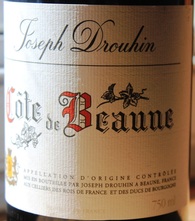
Burgundy is pinot noir. Let's get that out of the way right off the bat. That is what I am calling the "surprising" part of this post. It is just a simple fact yet a fact that doesn't mean the French version and they numerous versions from around the globe are the same; they certainly are not.
There are other red grapes used in Burgundy of course but the wines we call "Burgundy" is pinot. Those wines in a jug from days past? They were not really Burgundy.
Joseph Drouhin produces a variety of noteworthy wines from vineyard locations in France (and in Oregon). They are also what are called a négociants, middleman that purchases grapes from other producers. This particular wine comes from Cote de Beaune in Burgundy.
There is really nothing surprising that wine from Cote de Beaune would be a solid wine --although the Cote de Beaune is maybe known slightly more for white wine. Chardonnay (Pouilly-Fuisse, Puligny-Montrachet, Chassagne-Montrachet, Montrachet) is the wine the area is most known for even if there is about the same amount of red and white grown in Cote de Beaune.
Some folks, at this point are indignantly stomping their feet and saying "I knew Burgundy was pinot noir." To them I say "bully for you." For those who didn't know but have had these wines as well as pinots from around the world; do not feel bad. Moderately knowledgeable people with relatively sensitive palates might well think a California, Pacific Northwest or other pinot, when compared with a Burgundy, are entirely different varietals.
Why?
Part of it has to do with the land, what the French refer to as "terroir." But it is also due to the way wine is made in France (and the European Union) as well. Pinots from the New World tend to be fruitier and less tannic (astringent). Burgundy has less fruit and more mineral elements in addition to their more tannic profile. Mineral is a taste that is pretty much what it sounds like--a whiff of the inorganic.
This wine conforms to what you would think of when you think of a Burgundy--it isn't fruity, it has mineral elements and while tannic it isn't extreme in that regard. You won't notice the massive difference if you let your glass sit for a wee bit exposed to air. What would be really interesting would be to taste this--or even some higher end Drouhin Burgundy next to the excellent pinot noirs they produce in Oregon--I spent $60 on bottle years ago and am unsure what this particular version costs these days.
Regarding tannins, the website Winefolly has a solid piece on the subject.You can check it out HERE.
I am tempted to get into more detail but the details of the various classifications for wine in Burgundy are far from simple. These classifications can make your head explode. They are complex and numerous and far beyond the scope of any short explanation and Burgundy has more AOC than any other region of France.
And then there are EU rules and designations over top of the national ones. As a general rule? The smaller, the more specific, the AOC the better the wine.
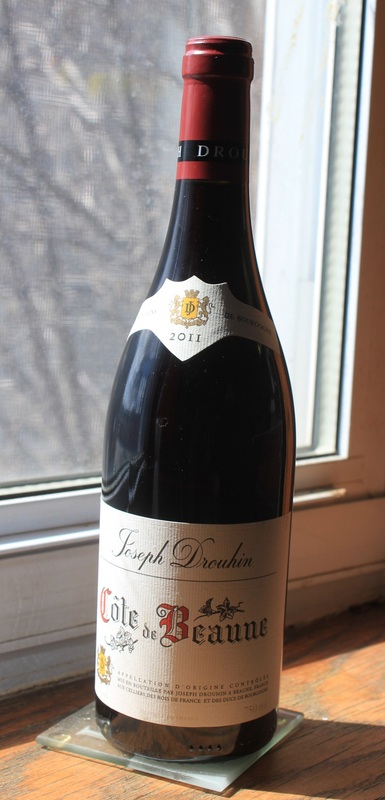
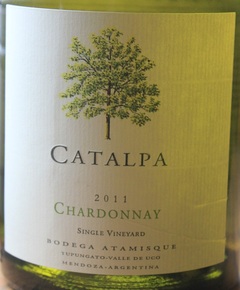
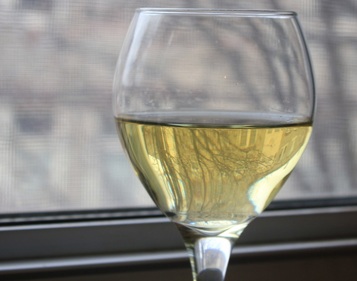

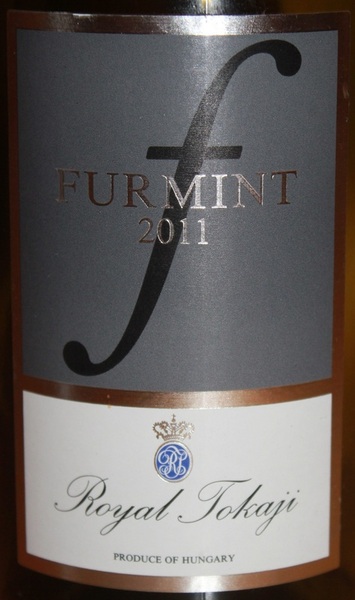

 RSS Feed
RSS Feed